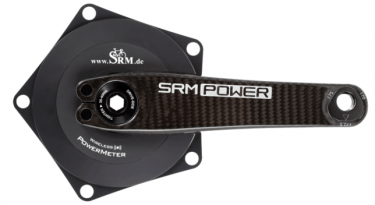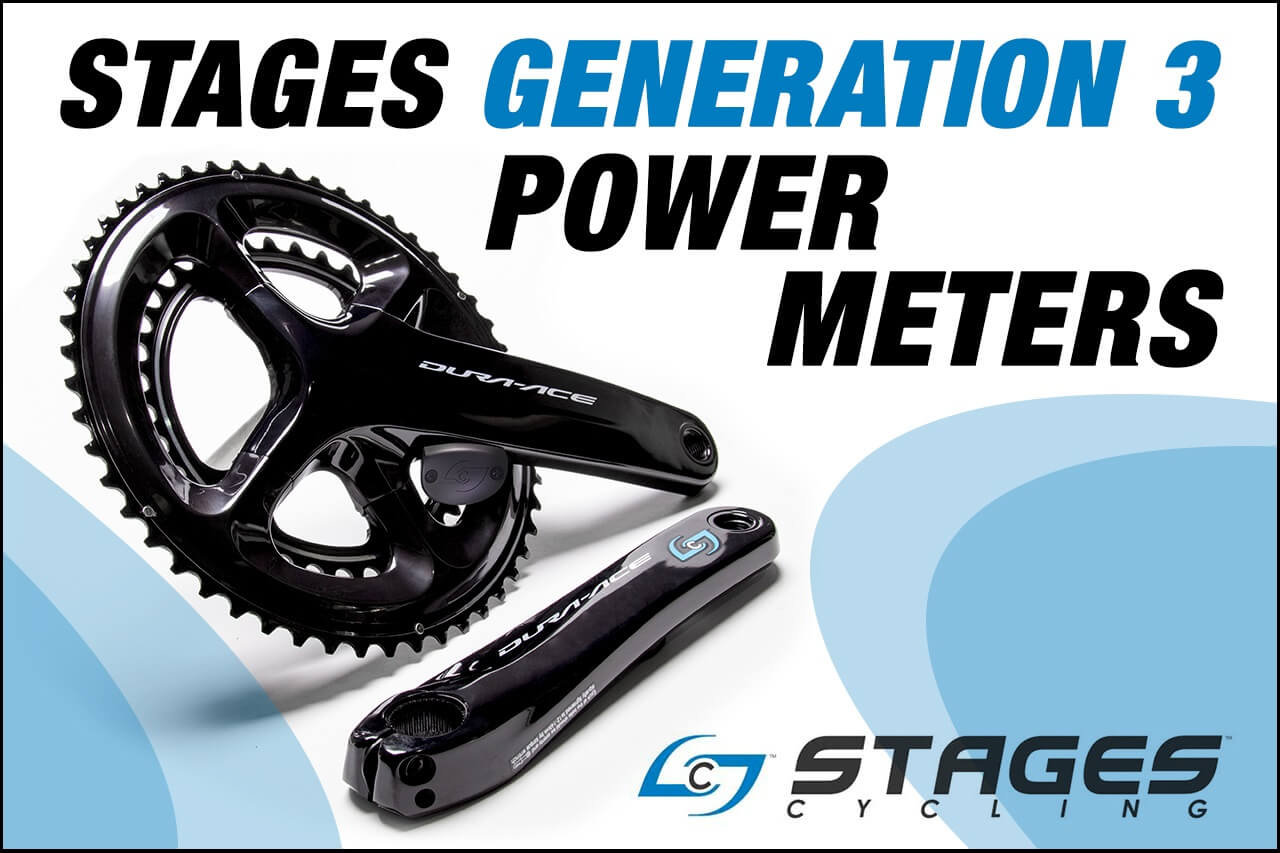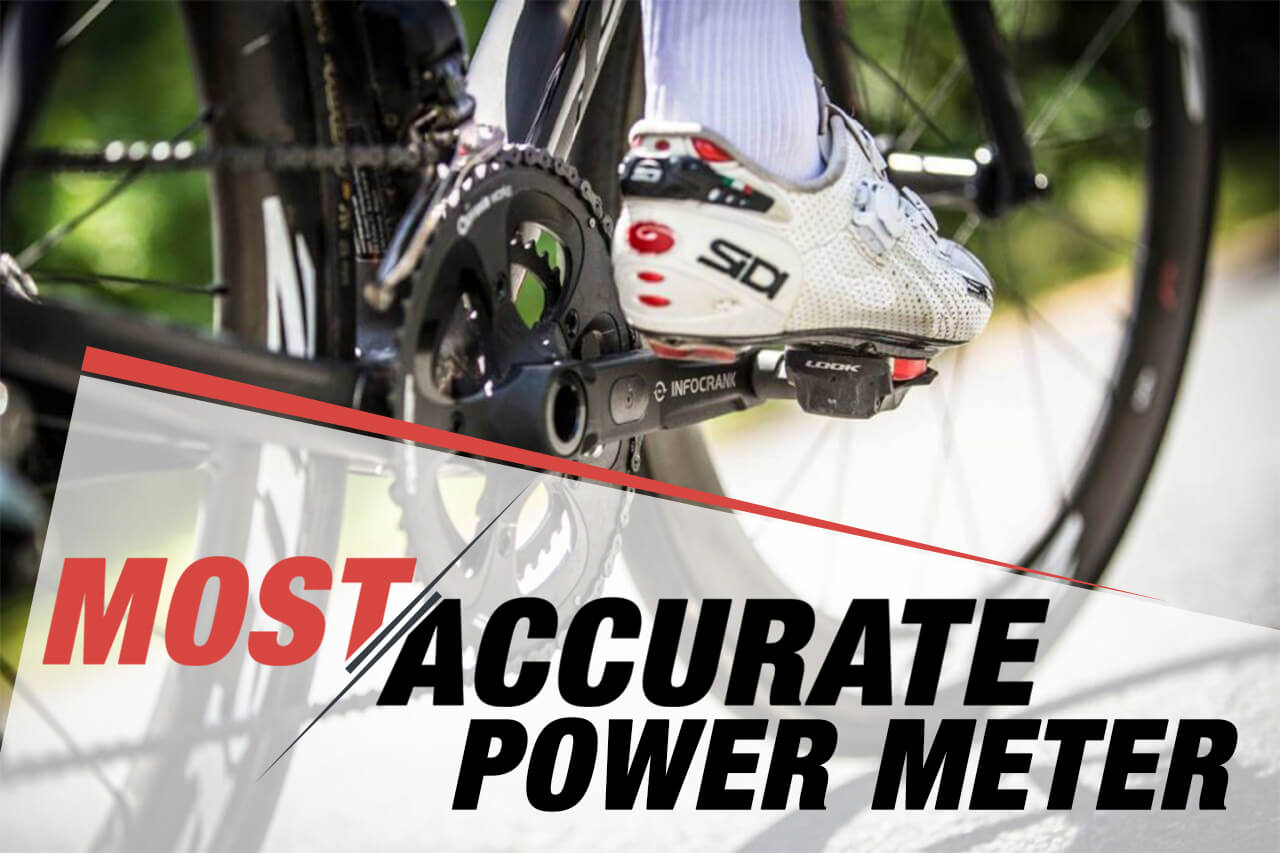A power meter is the single, most effective training tool you can use for improving performance on the bike. You probably already know this. Well, this is perhaps especially true for track cycling. In the words of Andrew Coggan, Ph.D., co-author and cycling scientist behind Training and Racing with a Power Meter, “Given that on the track the difference between winning and losing is often extremely small, it can be argued that track cyclists may benefit from use of a power meter to an even greater extent than road (or off-road) cyclists.” However, track cycling is a smaller niche of cycling in general, so there aren’t a ton of choices when it comes to equipment for track cyclists. This includes track power meters.
The good news is, we have recently seen a few new track power meters hit the market. In addition, when you combine the track-specific options that do exist…with some road options that you can make work, you should be able to find something that will fit your needs. In this article, we explore what these options are. Let’s dive in!

Track Power Meters: Types and Options
Track power meters are just like any other power meter. Power sensors (aka strain gauges) are located within the power meter and measure the power, or torque, the rider generates. On a road bike, you can locate a power meter in about seven locations. These are: crank, pedal, bottom bracket, crank arm, hub or handlebar (OFPM). As previously mentioned, some of these options don’t exist for the track. But depending on your situation, the road version might work. Below, we have listed all of the power meter types and discuss what your options are for the track.
1. Crank
Manufacturer #1 – SRM
SRM makes perhaps the most popular and widely used track power meters, taking their ‘gold standard of power measurement’ to the track. SRM track power meters can measure up to 4,000 watts and are accurate to +/- 1.0%. The SRM Origin Track PM also features LOOK’s carbon crank arms and Trilobe Technology. Note the larger 144 BCD here. Standard road cranks are typically 110 (compact) or 130 BCD (standard). Track cyclists however run a larger size BCD and the SRM track power meter is manufactured to match.
SRM Origin Track Power Meter

SRM Science Track Power Meter

Manufacturer #2 – power2max
power2max power meters are available as stand-alone spiders (that you pair to your existing crankset) or as complete cranksets. Their units are accurate to +/- 2.0% and feature dual-leg power measurement, left/right balance, Bluetooth SMART and auto-zero. For track, they offer the power2max NGeco ROTOR ALDHU Track Power Meter. If you already have a ROTOR ALDHU crankset, you can purchase the power2max power meter spider for $590. Otherwise, the power meter is available as a complete crankset for $790 (ROTOR ALDHU 24) or $890 (ROTOR ALDHU 30). Please note, the power2max ROTOR ALDHU Track Power Meter is only compatible with the ALDHU road axle.
power2max NGeco ROTOR ALDHU Track Power Meter

Does the road option work – Not really
With a road crank, the largest BCD you could run is 130. This compares to the ideal track size of 144. In addition, road units typically have a 43.5 mm chainline. The optimal chainline for a track bike is 42 mm. (Note that you can attempt to address the chainline issue by moving the large chainring to the inner position.) If you are ok with these sacrifices, a crank-based road power meter is an option, but it’s not ideal.
2. Crank Arm
Verve Cycling
Verve Cycling, manufacturer of the Verve InfoCrank, makes a purpose built track version of the InfoCrank. The Verve InfoCrank Track Power Meter is accurate to +/- 0.5% and features independent left/right power measurement – one of only two track power meter capable of this. The InfoCrank Track Power Meter comes in a 144 BCD, is compatible with ISIS cartridge track bottom brackets and can measure up to 3,000 watts and 200 RPM. In addition, the power meter runs off of SR44 batteries and gets approximately 500 hours of battery life.
Verve Cycling Track Power Meter

3. Handlebars (OFPM)
Velocomp’s PowerPod isn’t a track specific power meter, however since it simply mounts to the bars and uses opposing force technology to measure your power, it serves its purpose regardless of where it’s being used – track included. Note that conducting the initial calibration ride on the track can throw the unit off, unless you’re careful to ride around on the lower level surface only. Therefore, to be safe, we recommend performing the initial calibration ride somewhere other than the track.
4. Pedal
Power meter pedals are perhaps the most popular power meter out (easy to install, dual-sided power, compatible with all bikes) – and you can indeed put one on a track bike. One consideration however is that some track cyclists like to use pedal straps. However, power meter pedals don’t lend themselves very well to these. If you do decide to use power meter pedals, we would recommend purchasing the optional 0 degree float cleats, as float is not your friend on the track.
5. Bottom Bracket
Manufacturer – ROTOR
The ROTOR 2INpower Track is the only other track power meter (in addition to the Verve InfoCrank) that is able to measure independent left/right power. In addition, the ROTOR Track features dual ANT+ and Bluetooth SMART functionality, a rechargeable battery with 250-hour battery life and +/- 1.0% accuracy. The power meter uses a normal track 144 BCD with a 43 mm chainline and can fit any 144×5 track chainring.
ROTOR 2INpower Track Power Meter

Does the road option work – Not really
Similar to cranks mention above, with a road unit, the largest BCD you could run is 130. This compares to the ideal track size of 144. In addition, road units don’t have an ideal track chainline.
Summary
So when you combine the dedicated track power meters that do exist, with road options that can be made to work on the track – you should be able to find something that works. Let us know if we can help. We want you to take advantage of the numerous benefits afforded by power data as you go around and around on the track! Until next time…!

 power2max NGeco ROTOR ALDHU Road Power Meter Crankset
power2max NGeco ROTOR ALDHU Road Power Meter Crankset  Stages Shimano Ultegra R8100 Power Meter
Stages Shimano Ultegra R8100 Power Meter  Sigeyi AXO SRAM MTB Power Meter
Sigeyi AXO SRAM MTB Power Meter 



Hi,
I am looking for a track dedicated power meter. I have experience with the Power2Max PM on my road bike and I love it.
Is the track version as good as the road one? I would need a crankset and the 24mm Rotor cranks could work. I know the Rotor is a road crankset: is that a problem when it comes to set up the chain line on a track bike?
Would you suggest any other PM over this one? I am open to consider other options if technically superior.
Thanks!!
Leonardo
Hi Leonardo. On the power2max, the answer is yes. They make wonderful spiders and use the same design on all of their units (road, MTB, track and gravel) so the track one would have the same functionality, accuracy and durability as your road unit. The chainline is not an issue. The track spider is built so that the ALDHU road cranks plus track spider give you a track chainline. This is our best-selling track power meter. The SRMs and ROTORs do well also, but they are a bit more expensive. Thanks!
Hi there I have Garmin 1 pedals with pods can I use them on my track bike I got told no because of the back pedal on the single fixed gear
Hi Daniel. Yes we would definitely recommend a dedicated track power meter over those older style pedals. Please contact our sales team at [email protected] and we will be happy to assist you! Thanks